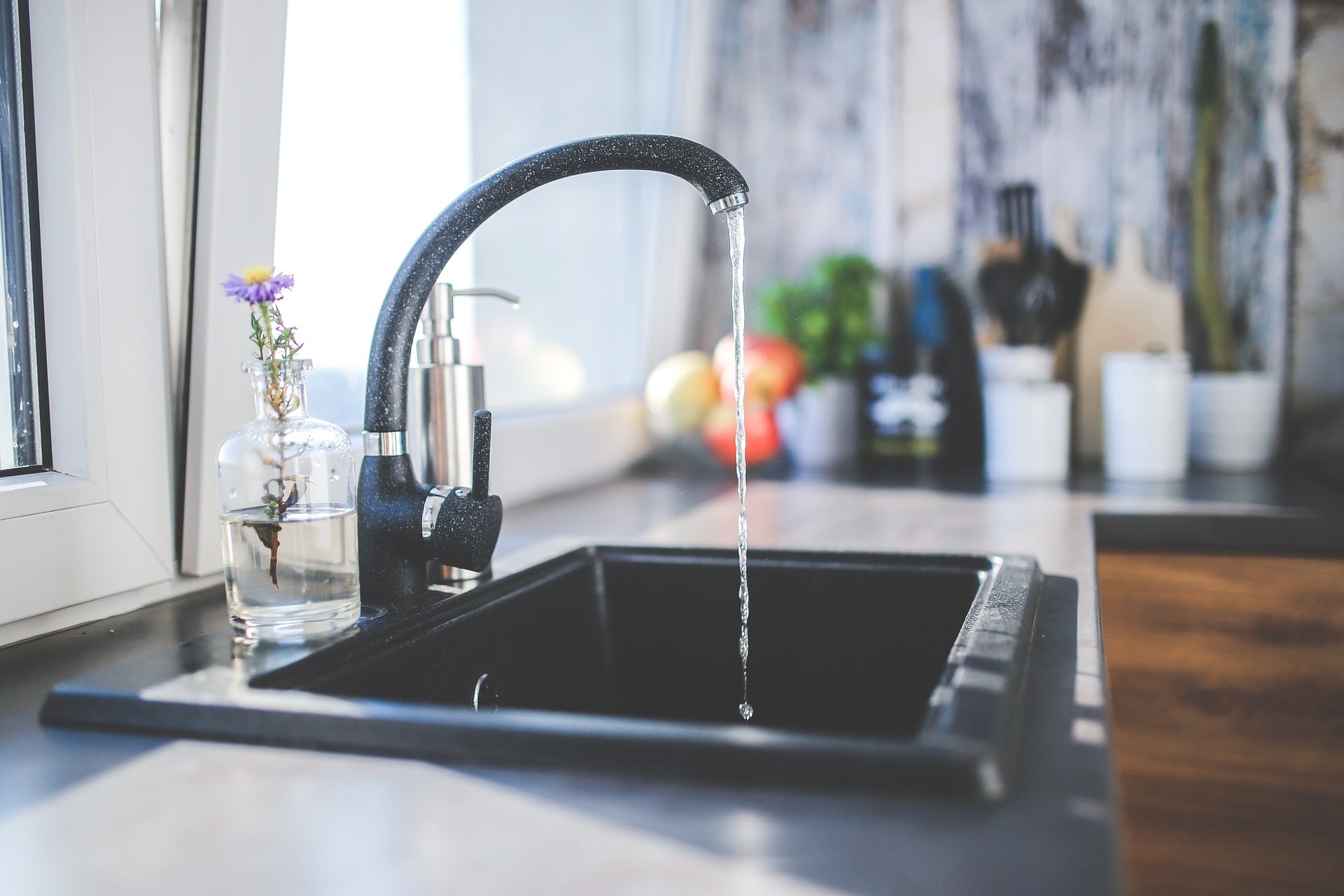Bacteria exist all around us. There are good bacteria that can help with digestion and bad bacteria that can make us sick. Even our water supplies contain both good and bad bacteria. There are certain bacteria found in water that can cause serious illness and even death. Legionella and E. Coli can both be transmitted to humans through contaminated drinking water.
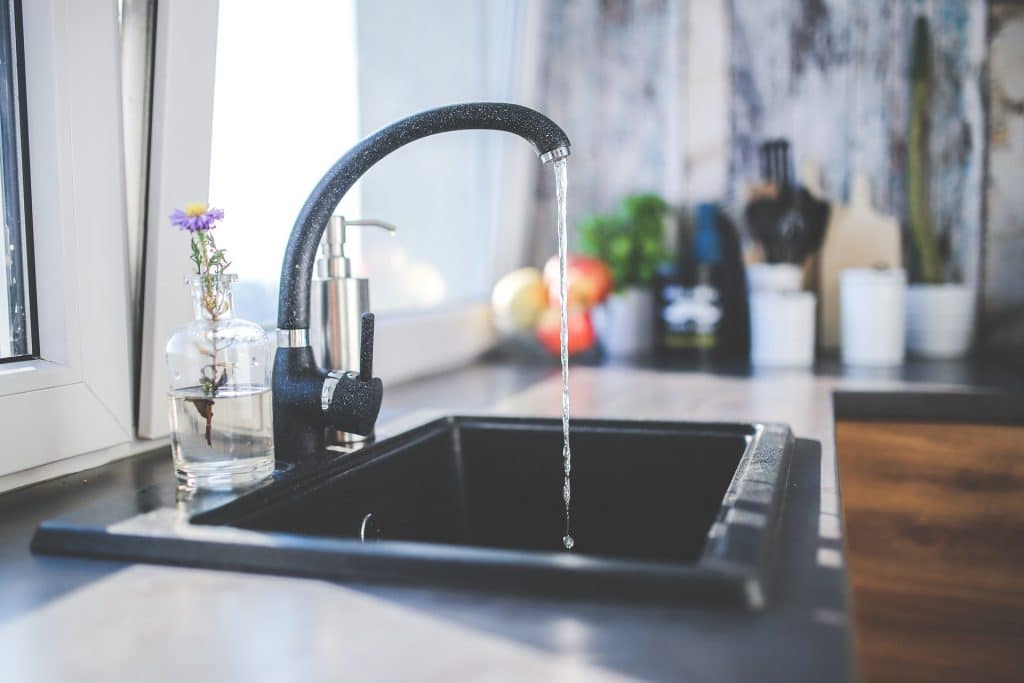
Whether you have public water, or your drinking water comes from a private well, both water sources can become contaminated with these harmful bacteria. Even filtered water and bottled water may not always be safe.
How Does Bacteria Get in Our Water?
Human and animal wastes are the most common cause of bacteria in water. Runoff can carry feces from farms and leaking septic tanks to water sources and wells. Bacterial contamination can become even worse after a flood as floodwaters provide an excellent breeding ground for bacteria. Over time, older water systems can degrade, and aging pipes can become vulnerable to dangerous pathogens.
Common Bacteria in Water
Legionella and E. Coli are two common bacterial strains that can thrive in water under a wide range of temperatures and conditions. These bacteria most often develop in the portion of the water distribution system from the water meter to the tap in homes and buildings. They can easily contaminate water supplies and go undetected unless specific tests are performed. If you suspect that your water may be contaminated with either of these harmful bacteria, use bottled water or boil your water for before using.
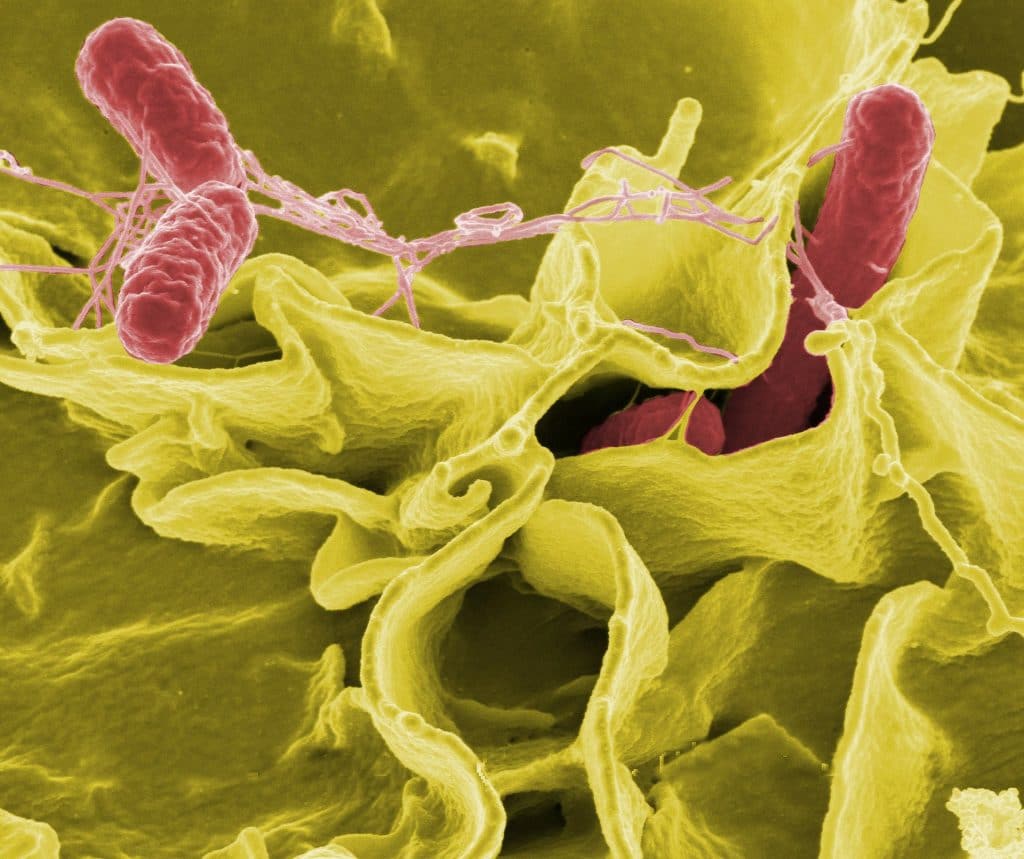
Legionella
Legionella is a gram-negative bacterium that can cause Legionnaires’ disease, lung infections, respiratory issues, and pneumonia. This bacterial disease is a public health concern with a fatality rate ranging between 5% to 30% for those who become infected. Symptoms of legionella infection include coughing, shortness of breath, fever, muscle aches, and headaches. Legionella can also cause Pontiac fever, a milder presentation of Legionnaire’s disease with similar symptoms. The Centers for Disease Control and Prevention (CDC) reports that approximately 8,000 to 18,000 Americans are hospitalized each year with Legionnaires’ Disease.
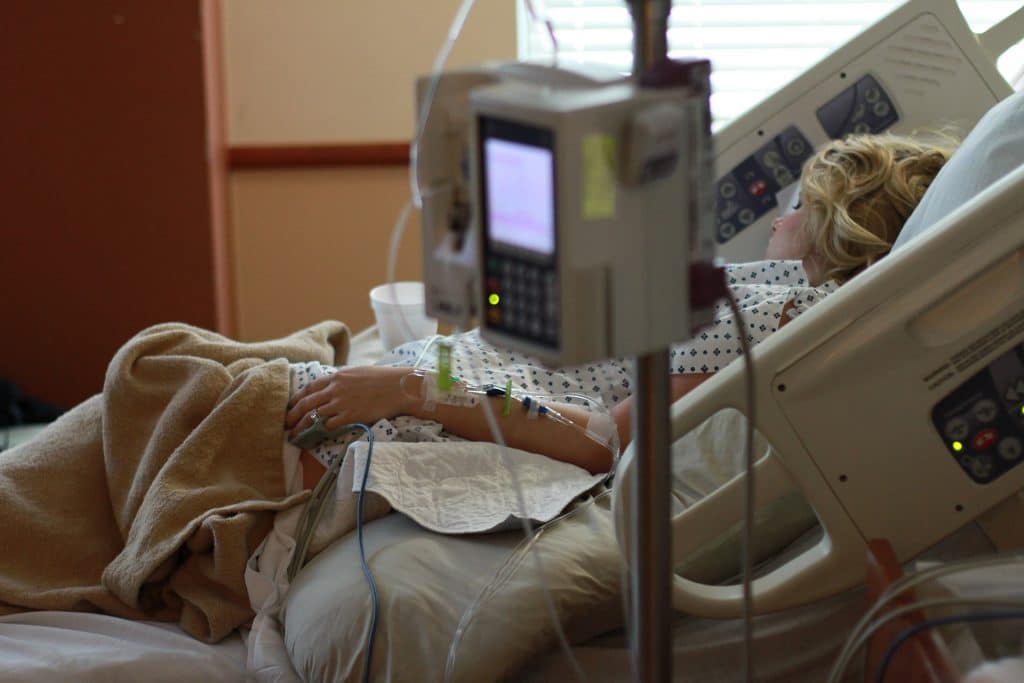
E. Coli
E. Coli is a type of coliform bacteria that is found in feces and can sometimes enter drinking water supplies. If you drink water contaminated with E. Coli, it can cause intestinal tract infections, serious illness, and even death. Particularly vulnerable to E. Coli infections are newborns, the elderly, and those with compromised immune systems.
The presence of E. Coli in water is concerning because it can be an indication of additional contamination. Other more harmful microbes that are commonly found in the presence of E. Coli include norovirus, Cryptosporidium, Shigella, and Giardia.
Testing for Legionella and E. Coli
Bacterial contamination is not easily detected. Water that is contaminated with bacteria can look, taste, and smell the same as safe water. The best way to protect yourself from Legionella and E. Coli contaminated water is to test your water.
Public water suppliers are required by the Environmental Protection Agency (EPA) to test for bacteria and treat contaminated water. However, if you have well water, there is no testing requirement. Homeowners with wells should test their water approximately every three months.
TestAssured offers a convenient laboratory Legionella and Coliform Test Kit. The kit comes with everything you need to send a live water sample to a certified lab for testing. Our laboratory water analysis can determine whether either of these bacteria exist in your water supply. This testing kit includes detailed instructions, sterile sample bottles, cold packs, and a postage-paid return shipping package.
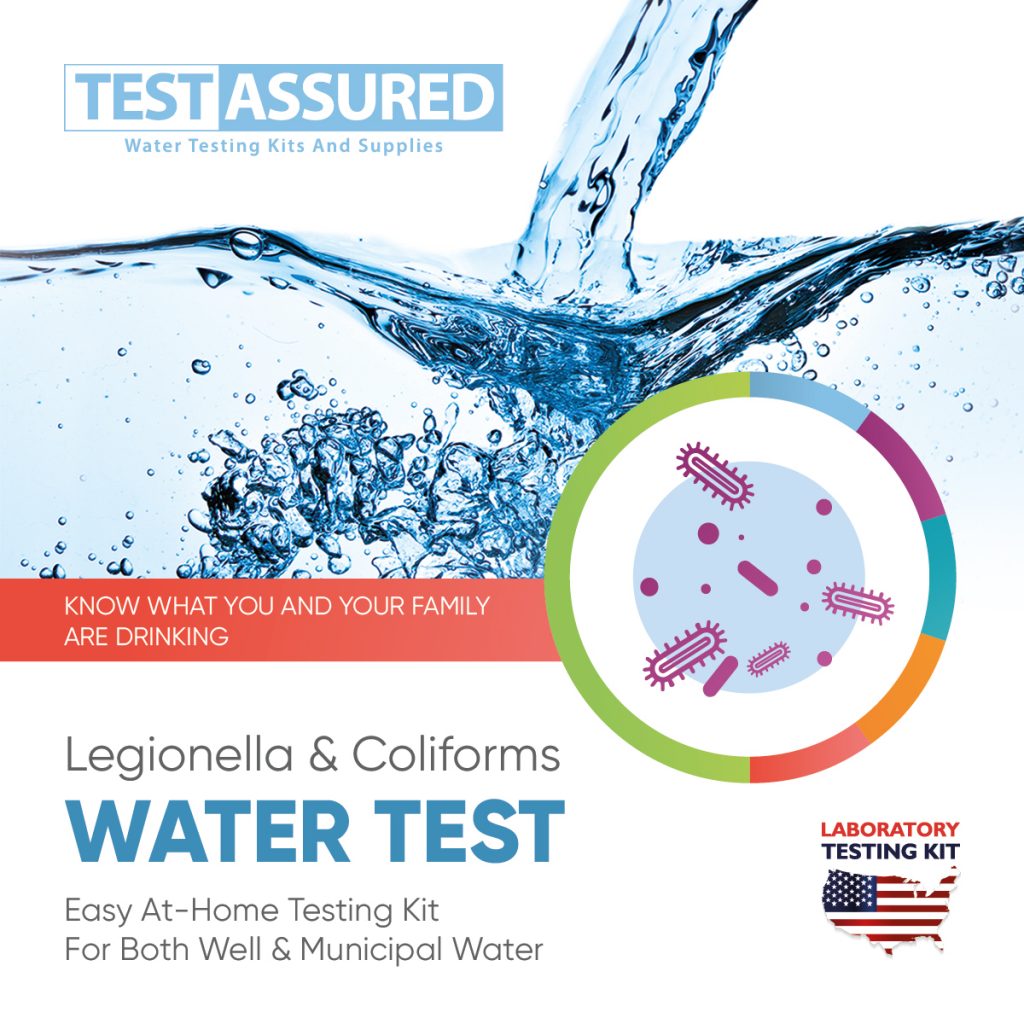
Water Treatment Options
If your water does test positive for either Legionella or E. Coli, there are some steps you can take to disinfect your water. The simplest treatment is to bring your water to a rolling boil for at least five to ten minutes to kill disease-causing bacteria. Chlorine is another option that can be used to disinfect water. Public water utilities routinely use chlorine to kill microorganisms. At home, you can safely add 6 to 8 drops of bleach to a gallon of water to kill bacteria. One of the best long-term solutions would be to install a reverse osmosis water filtration system to effectively remove bacteria from water.

